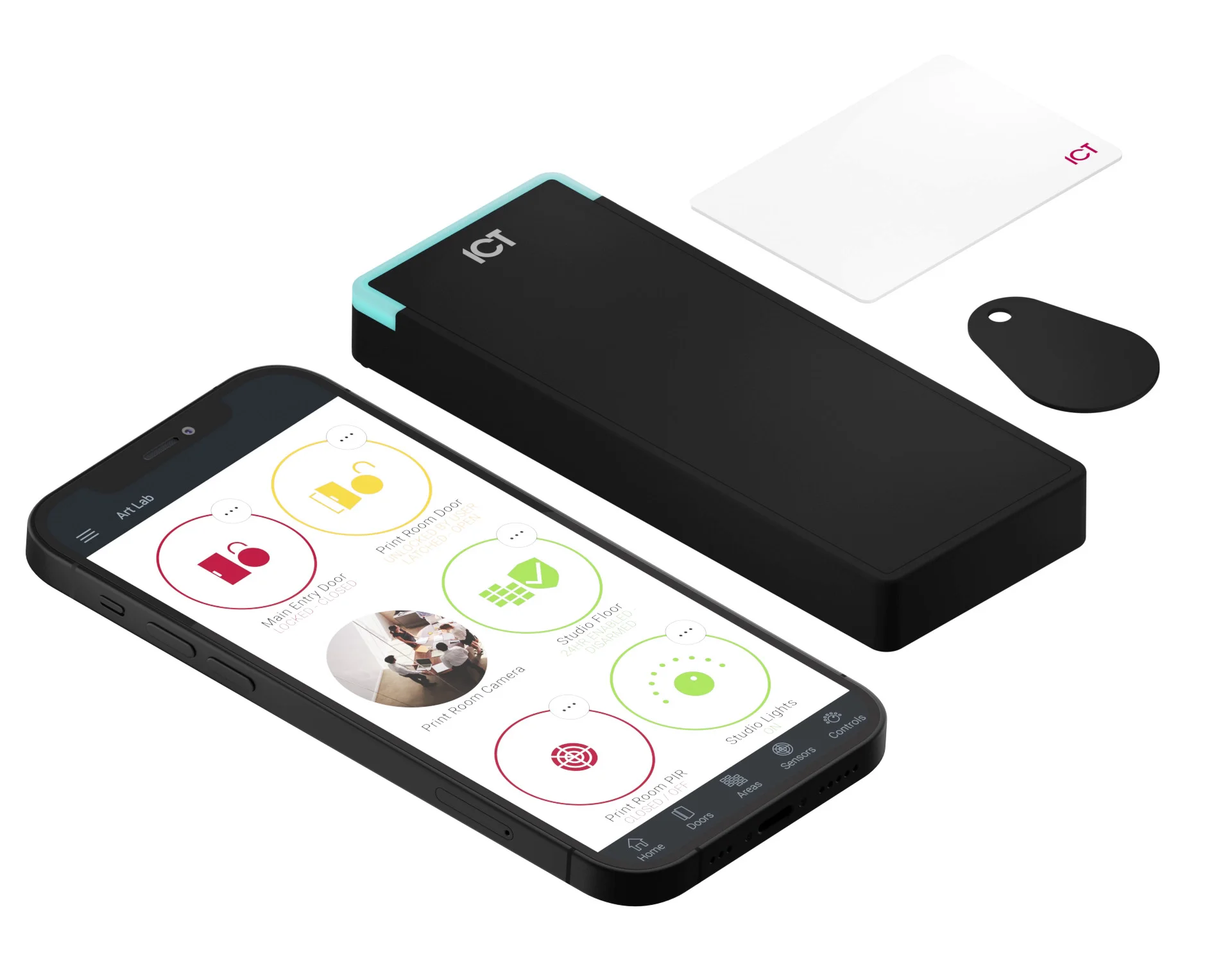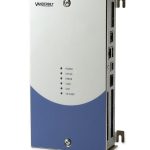In the digital age, protecting information and communication technology (ICT) systems is paramount. Access control in ICT is a vital component in safeguarding sensitive information, ensuring data integrity, and maintaining system availability. Access control mechanisms regulate who can view, use, or manipulate resources within a digital environment. Consequently, adopting robust access control measures is imperative for both organizations and individuals. Therefore, this article delves into the various aspects of ICT access control, from understanding its importance to exploring different types of access controls, implementation strategies, and best practices. By understanding these elements, you can create a more secure and efficient digital infrastructure.
Understanding the Importance of Access Control
Access control is the backbone of any secure ICT system. It ensures that only authorized individuals can access certain information or resources, thereby minimizing the risk of data breaches and unauthorized actions. Therefore, understanding the significance of access control is vital for implementing effective security measures.
Protecting Sensitive Information
The primary role of ICT access control is to protect sensitive information. For organizations, this includes confidential business data, employee information, and customer records. Unauthorized access to this data can lead to severe consequences, such as data breaches, financial losses, and reputational damage. Access control mechanisms, such as user authentication and permissions, restrict access to sensitive information, ensuring that only authorized personnel can view or modify it. By protecting sensitive information, access control mechanisms enhance overall data security and integrity. Therefore, implementing robust access control measures is crucial for safeguarding sensitive information.
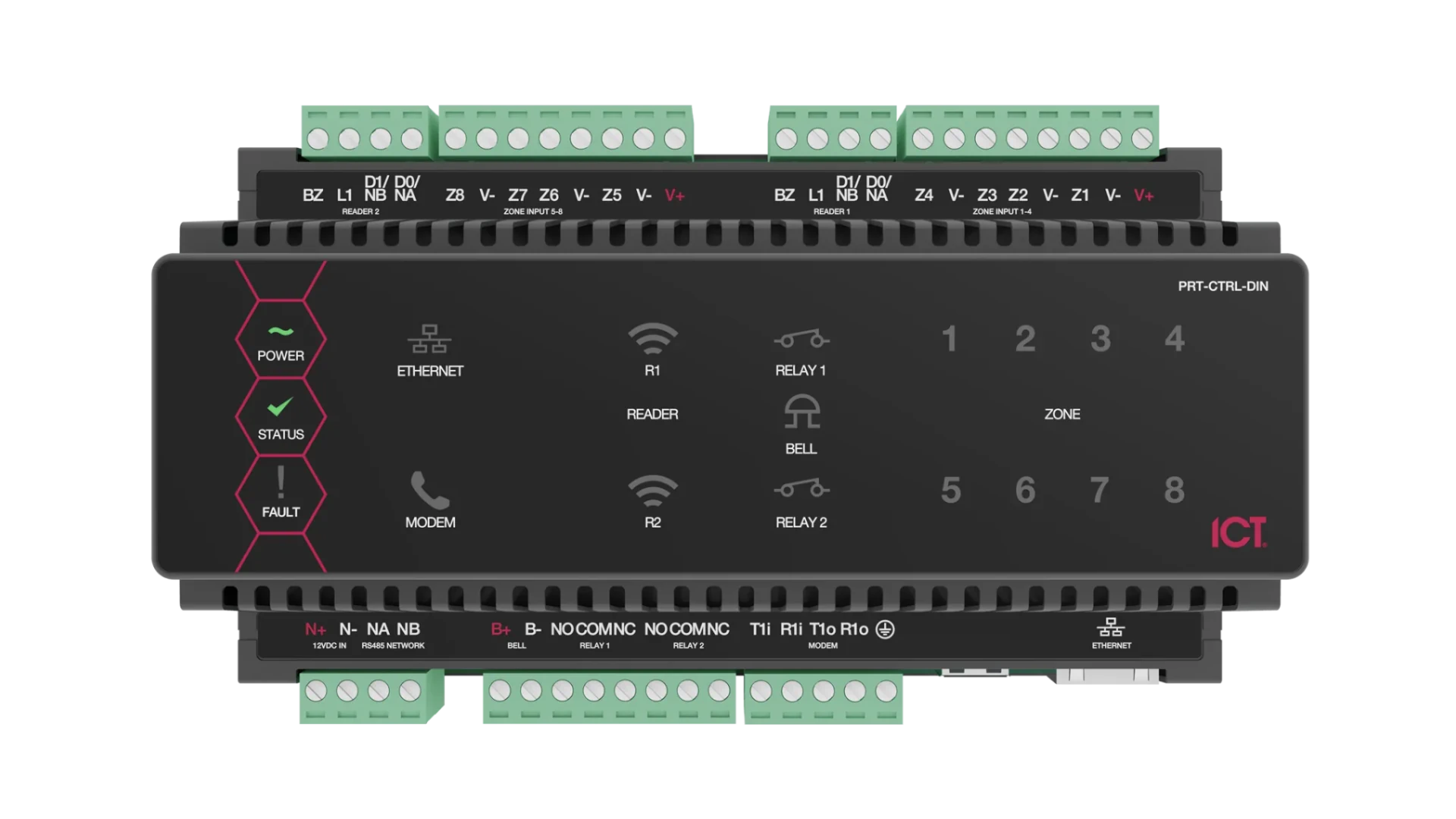
Ensuring System Integrity
In addition to protecting sensitive information, access control mechanisms ensure the integrity of ICT systems. Unauthorized access can lead to malicious activities, such as altering or deleting data, introducing malware, or disrupting services. Access control methods, such as role-based access control (RBAC) and discretionary access control (DAC), help prevent unauthorized modifications and maintain system integrity. Regular audits and monitoring complement access control measures, providing a comprehensive approach to maintaining system security. Therefore, ensuring system integrity through effective access control is essential for a secure ICT environment.
Types of Access Control
Various types of access control mechanisms exist, each with its unique features and applications. Understanding these different types helps in selecting the most appropriate methods for securing ICT systems. Therefore, exploring different types of access control is crucial for effective implementation.
Role-Based Access Control (RBAC)
Role-Based Access Control (RBAC) is one of the most widely used access control mechanisms. In RBAC, access permissions are assigned based on user roles within an organization. Each role encompasses a set of permissions that defines what actions a user can perform. This approach simplifies access management by grouping users with similar responsibilities and assigning permissions collectively. For example, an HR manager may have access to employee records, whereas a software developer may have access to source code repositories. RBAC not only streamlines access control but also ensures that users have the appropriate level of access required to perform their tasks. Therefore, adopting RBAC enhances both security and efficiency in access management.
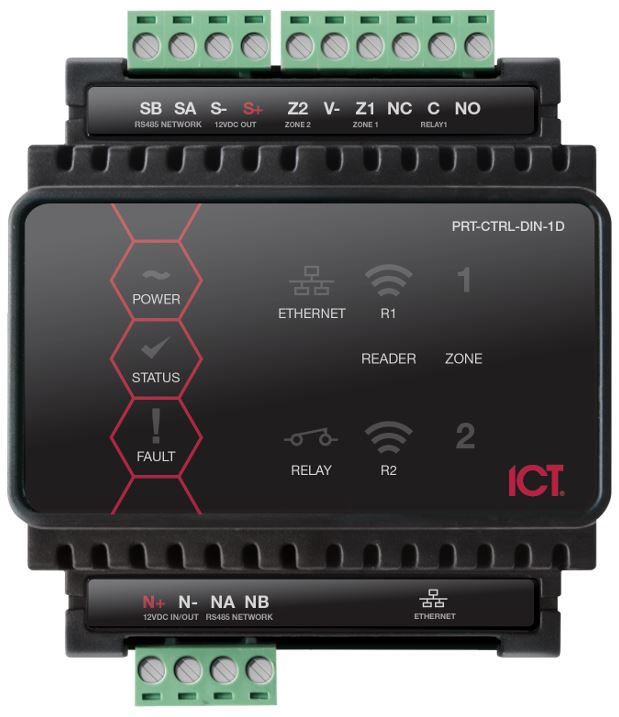
Discretionary Access Control (DAC)
Discretionary Access Control (DAC) allows resource owners to determine who can access their resources and what actions they can perform. In DAC, access permissions are discretionary, meaning that the owner of a resource has the authority to grant or revoke permissions to other users. This flexibility allows for customized access control tailored to specific requirements. However, it also places the responsibility of managing permissions on resource owners, which can lead to inconsistencies if not managed correctly. Despite its challenges, DAC provides a flexible and user-centric approach to access control, making it suitable for environments where resource owners have specific access needs. Therefore, understanding DAC is important for tailoring access control to individual requirements.
Implementing Access Control Systems
Implementing access control systems involves several key steps, from planning and design to deployment and monitoring. A systematic approach ensures that access control mechanisms are effective and aligned with organizational goals. Therefore, exploring the implementation strategies is essential for successful deployment.
Assessing Security Requirements
The first step in implementing an access control system is assessing security requirements. Identify the types of information and resources that need protection, as well as potential security risks and threats. Conduct a thorough risk assessment to understand the vulnerabilities and how they might be exploited. Based on this assessment, define the security objectives and requirements that the access control system must meet. This foundational step ensures that the system is tailored to address specific security needs. By assessing security requirements, you can prioritize and allocate resources effectively. Therefore, understanding security requirements is crucial for successful implementation.
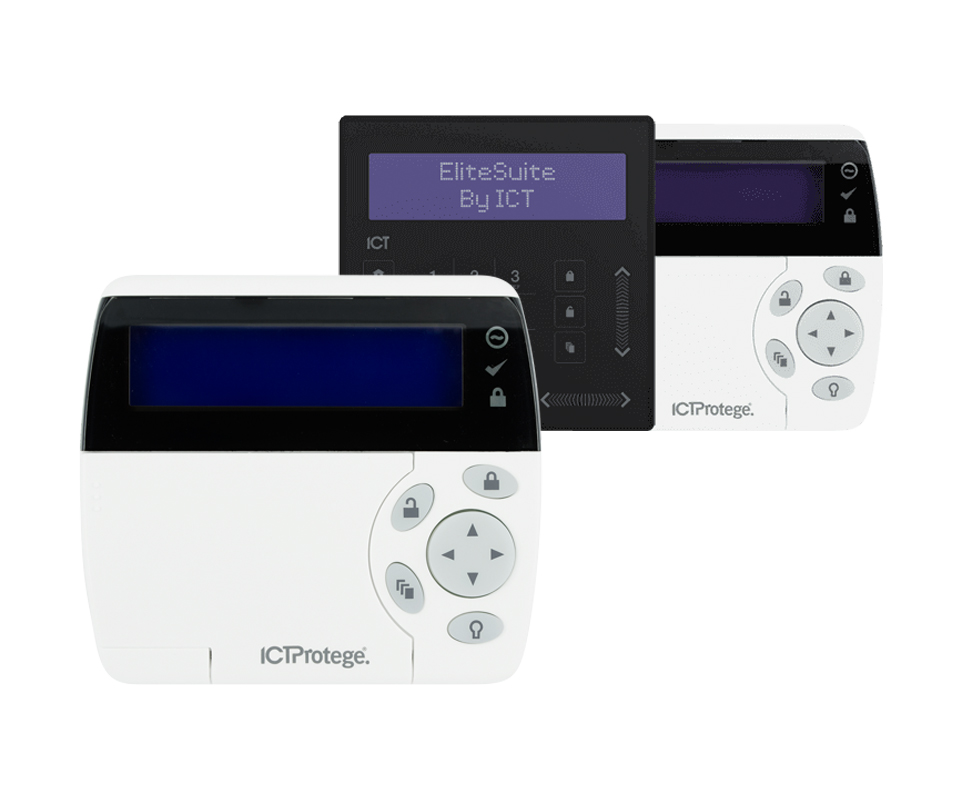
Designing the Access Control System
Once security requirements are established, the next step is designing the access control system. Choose the appropriate types of access control mechanisms (such as RBAC or DAC) based on the requirements. Define user roles, permissions, and access policies that align with organizational goals and security objectives. Ensure that the design incorporates principles of least privilege, where users are granted the minimum level of access necessary to perform their tasks. Consider implementing multi-factor authentication (MFA) for added security. Additionally, plan for integration with existing systems and processes to ensure a seamless deployment. Designing a well-structured access control system is crucial for meeting security goals and enhancing overall efficiency. Therefore, designing the system thoughtfully is essential for effective access control.
Deploying and Monitoring the Access Control System
After designing the access control system, proceed with deployment and monitoring. Implement the system according to the design, ensuring that all configurations and settings align with security requirements. Conduct extensive testing to identify and resolve any issues before full-scale deployment. Once deployed, continuously monitor the system to detect and respond to unauthorized access attempts or anomalies. Regular audits and reviews help ensure compliance with access policies and identify areas for improvement. By maintaining vigilance through monitoring, you can quickly address security issues and maintain the integrity of the access control system. Therefore, continuous monitoring is vital for sustaining a secure environment.
Best Practices in Access Control
Adopting best practices in access control strengthens security measures and ensures the effectiveness of implemented systems. These practices provide a framework for maintaining a robust and secure ICT environment. Therefore, exploring best practices is essential for achieving optimal access control.

Principle of Least Privilege
The Principle of Least Privilege (PoLP) is a fundamental best practice in access control. PoLP ensures that users are granted the minimum level of access necessary to perform their tasks. By restricting access to only the resources and information required, the risk of unauthorized access or accidental modifications is minimized. Regularly review and adjust access permissions to reflect changes in roles or responsibilities. Implementing PoLP reduces the attack surface and enhances overall security. Therefore, adhering to the Principle of Least Privilege is crucial for effective access control.
Multi-Factor Authentication
Multi-Factor Authentication (MFA) is another best practice that significantly enhances security. MFA requires users to verify their identity using multiple factors, such as something they know (password), something they have (smartphone), and something they are (fingerprint). This added layer of security makes it more difficult for unauthorized users to gain access, even if they manage to obtain one of the authentication factors. Implementing MFA for critical systems and sensitive information adds a robust security measure and protects against various attack vectors. Therefore, adopting Multi-Factor Authentication is essential for strengthening access control.
Addressing Common Challenges
Implementing access control systems comes with several challenges that need to be addressed for successful deployment and operation. Understanding these challenges and their solutions ensures the effectiveness of access control measures. Therefore, exploring common challenges is essential for proactive management.
Balancing Security and Usability
One common challenge is balancing security and usability. Overly restrictive access controls can hinder productivity, whereas lax controls can compromise security. Striking the right balance requires careful planning and frequent reviews. Engage with users to understand their needs and workflows, then design access controls that provide necessary security without impeding their tasks. Regularly update and refine access policies to adapt to changing requirements. By maintaining a balance between security and usability, you can ensure both protection and productivity. Therefore, addressing this balance is crucial for effective access control.

Managing Access for Remote Workers
The rise of remote work presents challenges in managing access control. Remote access increases the risk of unauthorized access and data breaches, necessitating robust security measures. Implement VPNs (Virtual Private Networks), MFA, and secure remote desktop solutions to protect remote access. Regularly update and patch systems to address vulnerabilities. Monitor remote access activities and respond to unusual patterns or behaviors. Providing necessary training and resources ensures that remote workers adhere to access control policies and best practices. Therefore, managing access for remote workers is essential for maintaining security in a distributed workforce.
Conclusion: Achieving Robust ICT Access Control
Implementing robust ICT access control is fundamental for safeguarding digital assets and maintaining system integrity. Understanding the importance of protecting sensitive information and ensuring system integrity underscores the need for effective access control measures.
Exploring different types of access control, such as Role-Based Access Control and Discretionary Access Control, helps in selecting the most suitable mechanisms. Implementing access control systems requires a systematic approach, from assessing security requirements to designing, deploying, and monitoring the system.
Adopting best practices, such as the Principle of Least Privilege and Multi-Factor Authentication, strengthens security and enhances the effectiveness of access control. Addressing common challenges, like balancing security and usability and managing access for remote workers, ensures a comprehensive and adaptable security framework.
Therefore, by following these insights and strategies, you can achieve a secure ICT environment that protects digital assets and supports organizational goals. Prioritize robust access control to foster a secure and resilient digital infrastructure.
